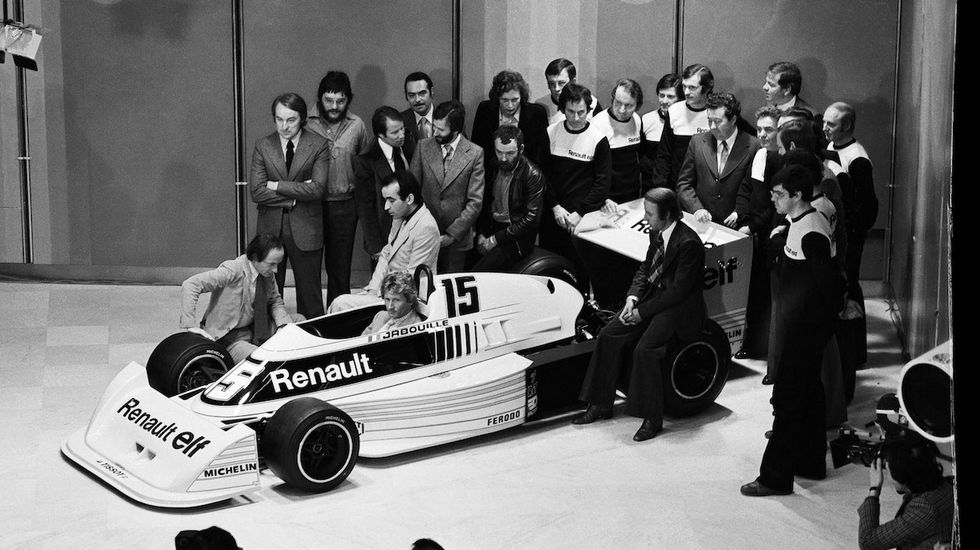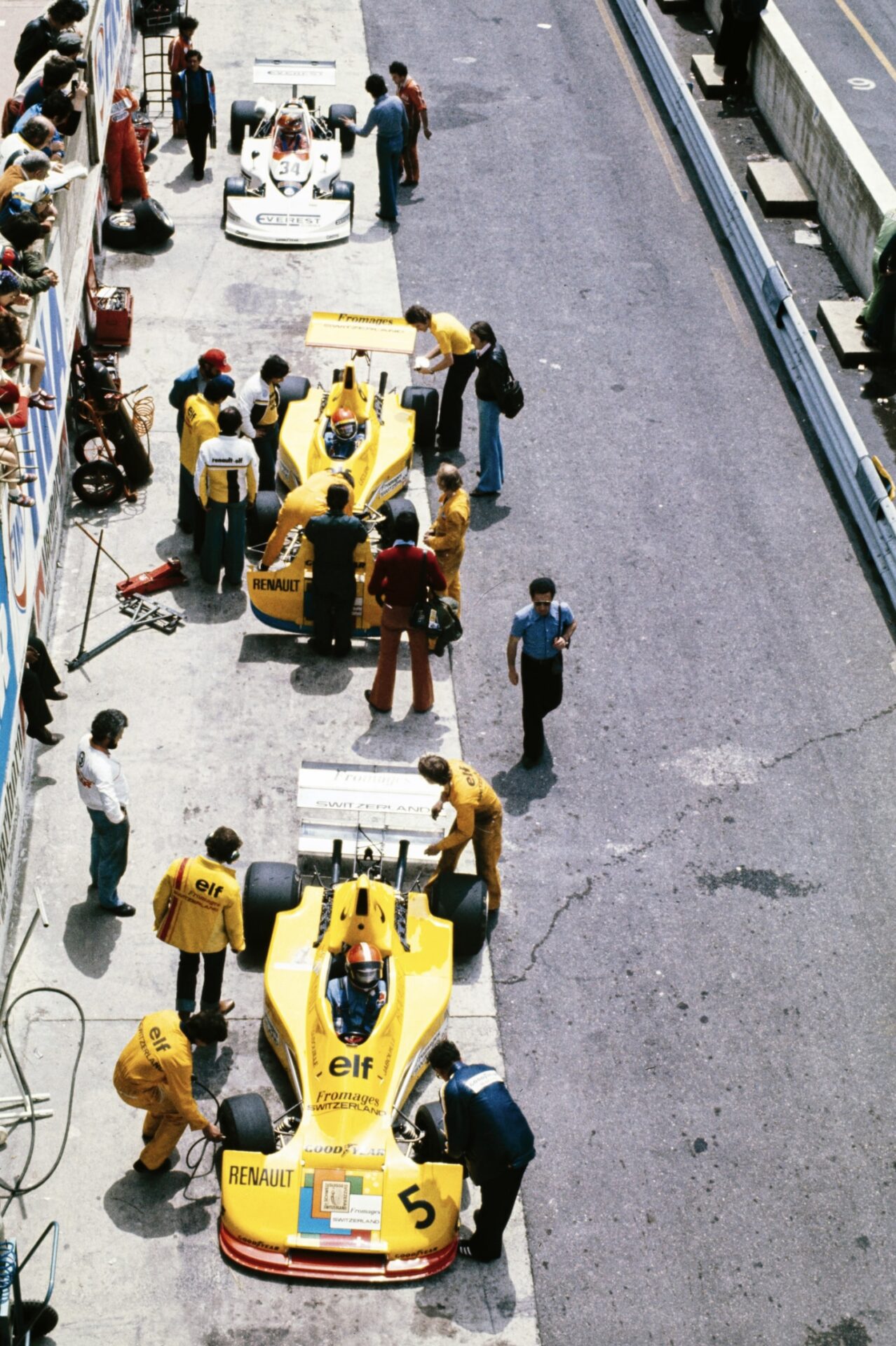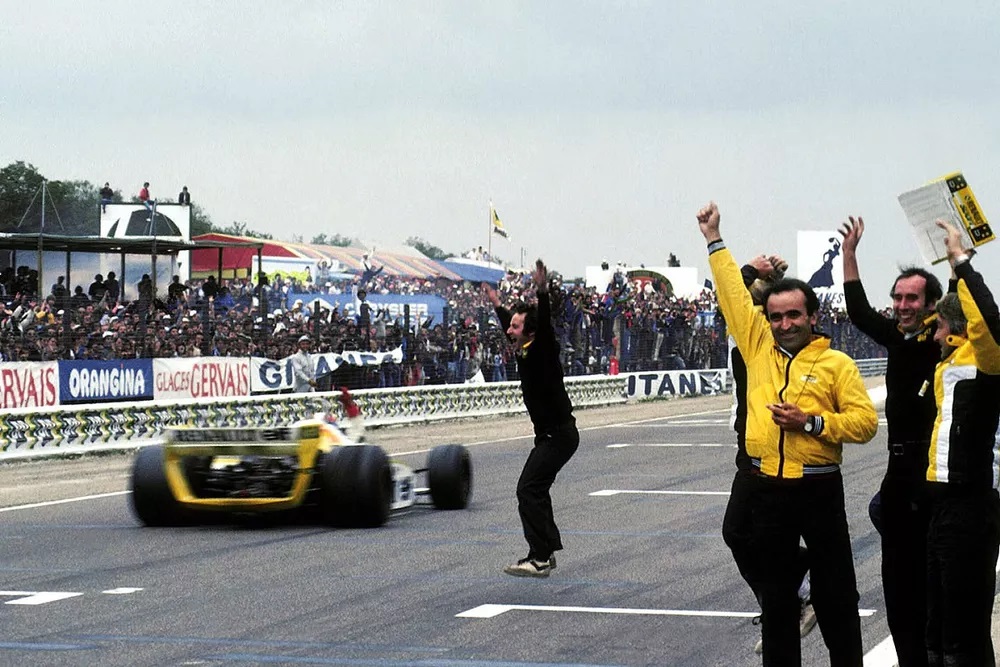Play Podcast: 10-17-23f1weekly1014mp3
NASIR RETURNS FROM THE PETIT LEMANS RACE AT ROAD ATLANTA WITH MORE GREAT INGREDIENTS FOR OUR INFLIGHT BURRITO! MOTORSPORTS MONDIAL IS HOT AND SPICY WITH THIS WEEK’S INTERVIEW FROM THE F1W ARCHIVES…THE DESIGNER OF THE RENAULT V6 TURBO IN THE EARLY 1970’S MONSIEUR FRANÇOIS CASTAING! YES…HE WAS AT DIJON 1979!
Francois Castaing, who engineered the Dodge Viper, helped take Jeep from a niche off-road brand to a major market presence, and helped lead Chrysler during what was its last great renaissance in the 1990s, has passed away at the age of 78.

Castaing started his career in motorsports with Gordini in 1968 by working on engines for the 24 Hours of Le Mans races. After Gordini had been taken over by Renault, he advanced to the position of Renault Sport Technical Director.[3] His record of accomplishment with Renault included stints as a member of a racing-engine development team and as director of racing programs. He had joined AMC from Renault, which owned 46% of the company. He and his family moved to Detroit, Michigan in 1980.
While still attending engineering college in Paris, he worked for Amedee Gordini’s race team, diving right into the engine from the team’s Le Mans effort. After a stint in the military Castaing returned, by which time the team had been absorbed by Renault. They named him technical director and won Le Mans in the first attempt of which Castaing was a part, then entered Formula 1.

By then Castaing was General Manger of Renault Sport – formed in 1976 – and it was he who designed the F1 Alpine A500 laboratoire monoplace test car, Dudot having told Renault Chief Executive that it was possible to make a competitive F1 engine out of the cast iron block V6.
From there he went to American Motors, Renault’s partner in the US. As vice president of product engineering there he produced the downsized Jeep Cherokee, the first of many Jeeps that would prove to be the bread and butter of AMC and, later, Chrysler. His work at Jeep was a major part of the rise of the SUV in American markets and around the world, a global shift of which we are still in the midst.
When Chrysler took over Jeep and AMC, Castaing lead development of the LH-platform cars, sending them to market in record time through the use of simultaneous engineering, where teams worked on their parts of the cars at the same time other teams worked on theirs. Production went from 50 months in the old system to 39 months in his. He further reorganized Chrysler’s engineers into platform teams, where everyone worked on a particular platform and saw it through to production.
